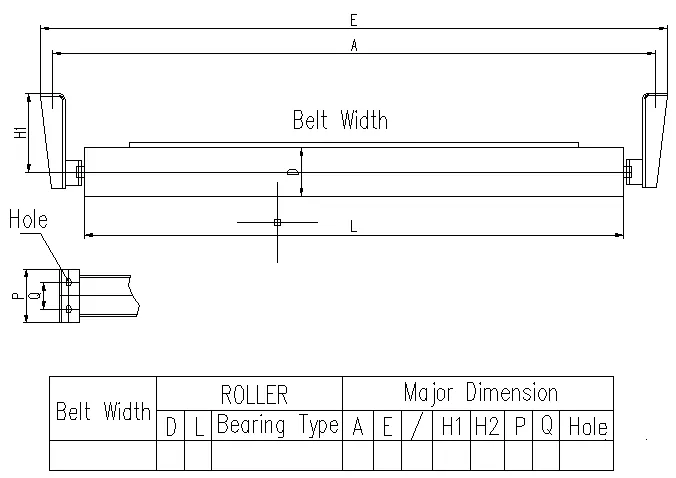 Afrikaans
Afrikaans  Albanian
Albanian  Amharic
Amharic  Arabic
Arabic  Armenian
Armenian  Azerbaijani
Azerbaijani  Basque
Basque  Belarusian
Belarusian  Bengali
Bengali  Bosnian
Bosnian  Bulgarian
Bulgarian  Catalan
Catalan  Cebuano
Cebuano  Corsican
Corsican  Croatian
Croatian  Czech
Czech  Danish
Danish  Dutch
Dutch  English
English  Esperanto
Esperanto  Estonian
Estonian  Finnish
Finnish  French
French  Frisian
Frisian  Galician
Galician  Georgian
Georgian  German
German  Greek
Greek  Gujarati
Gujarati  Haitian Creole
Haitian Creole  hausa
hausa  hawaiian
hawaiian  Hebrew
Hebrew  Hindi
Hindi  Miao
Miao  Hungarian
Hungarian  Icelandic
Icelandic  igbo
igbo  Indonesian
Indonesian  irish
irish  Italian
Italian  Japanese
Japanese  Javanese
Javanese  Kannada
Kannada  kazakh
kazakh  Khmer
Khmer  Rwandese
Rwandese  Korean
Korean  Kurdish
Kurdish  Kyrgyz
Kyrgyz  Lao
Lao  Latin
Latin  Latvian
Latvian  Lithuanian
Lithuanian  Luxembourgish
Luxembourgish  Macedonian
Macedonian  Malgashi
Malgashi  Malay
Malay  Malayalam
Malayalam  Maltese
Maltese  Maori
Maori  Marathi
Marathi  Mongolian
Mongolian  Myanmar
Myanmar  Nepali
Nepali  Norwegian
Norwegian  Norwegian
Norwegian  Occitan
Occitan  Pashto
Pashto  Persian
Persian  Polish
Polish  Portuguese
Portuguese  Punjabi
Punjabi  Romanian
Romanian  Russian
Russian  Samoan
Samoan  Scottish Gaelic
Scottish Gaelic  Serbian
Serbian  Sesotho
Sesotho  Shona
Shona  Sindhi
Sindhi  Sinhala
Sinhala  Slovak
Slovak  Slovenian
Slovenian  Somali
Somali  Spanish
Spanish  Sundanese
Sundanese  Swahili
Swahili  Swedish
Swedish  Tagalog
Tagalog  Tajik
Tajik  Tamil
Tamil  Tatar
Tatar  Telugu
Telugu  Thai
Thai  Turkish
Turkish  Turkmen
Turkmen  Ukrainian
Ukrainian  Urdu
Urdu  Uighur
Uighur  Uzbek
Uzbek  Vietnamese
Vietnamese  Welsh
Welsh  Bantu
Bantu  Yiddish
Yiddish  Yoruba
Yoruba  Zulu
Zulu conveyor belt guide rollers
Understanding Conveyor Belt Guide Rollers Enhancing Efficiency and Safety in Material Handling
Conveyor systems are vital components in industries ranging from manufacturing to logistics, playing a crucial role in the transport of goods across various environments. Among the myriad components that facilitate the smooth operation of these systems, conveyor belt guide rollers stand out for their importance in maintaining belt alignment and enhancing overall performance. This article delves into the functionality, types, benefits, and maintenance of conveyor belt guide rollers, underscoring their significance in material handling operations.
What Are Conveyor Belt Guide Rollers?
Conveyor belt guide rollers, also known as belt support rollers or idler rollers, are cylindrical components that help guide and support the conveyor belt as it moves. They are strategically positioned to ensure that the belt remains properly aligned, preventing it from deviating from its intended path. This alignment is essential for the efficient operation of the conveyor system, as it minimizes belt wear and reduces the risk of damage to the materials being transported.
Types of Conveyor Belt Guide Rollers
There are several types of conveyor belt guide rollers, each designed to accommodate specific operational requirements
1. Standard Guide Rollers These are the most common type of guide rollers used in various conveyor systems. They provide basic support and alignment for the conveyor belt.
2. Adjustable Rollers These rollers can be adjusted to accommodate changes in the conveyor belt’s route or load conditions. Their flexibility makes them ideal for dynamic environments where configurations may frequently change.
3. Wing Rollers Wing rollers feature one or more angled wings that help in centering the belt and reducing the spillage of materials. They are particularly useful in heavy-duty applications.
4. Impact Rollers Designed to absorb the energy of falling materials, impact rollers protect the conveyor belt and ensure smoother operation. They are crucial in reducing belt damage during loading.
5. Self-Cleaning Rollers These rollers are engineered with a design that prevents material accumulation, thereby reducing downtime for cleaning and maintenance.
Benefits of Conveyor Belt Guide Rollers
The implementation of conveyor belt guide rollers comes with several distinct advantages
1. Enhanced Efficiency By ensuring that the conveyor belt remains aligned, guide rollers minimize friction and wear, allowing for smoother operation. This contributes to higher throughput and reduced downtime.
conveyor belt guide rollers

2. Increased Safety Misaligned conveyor belts can lead to accidents and injuries. Guide rollers play a crucial role in maintaining alignment, thereby enhancing workplace safety.
3. Extended Equipment Lifespan Proper belt alignment reduces wear and tear on both the conveyor belt and the overall system. This longevity translates into lower replacement and maintenance costs.
4. Reduced Material Loss By ensuring that the belt remains centered, guide rollers help prevent spillage of materials, which can lead to product loss and increased cleanup costs.
5. Adaptability With adjustable and specialized rollers available, conveyor systems can be tailored to meet the unique demands of various industrial applications, ensuring flexibility and efficiency.
Maintenance of Conveyor Belt Guide Rollers
To maximize the lifespan and functionality of conveyor belt guide rollers, regular maintenance is essential. Here are a few best practices
1. Routine Inspections Conduct regular inspections to check for wear, misalignment, or damage. Early detection can prevent more significant issues.
2. Proper Lubrication Ensure that bearings and moving parts of the rollers are adequately lubricated to reduce friction and wear.
3. Alignment Checks Periodically verify that the rollers are properly aligned. Misalignment can lead to increased belt wear and operational issues.
4. Cleaning Keep the rollers clean to prevent material buildup, which can impact performance and lead to failure.
5. Replace Worn Components Timely replacement of worn-out rollers is crucial to maintain the efficiency and safety of the conveyor system.
Conclusion
Conveyor belt guide rollers are integral to the functionality and efficiency of conveyor systems. By ensuring proper alignment and support, these components enhance operational effectiveness and safety in material handling processes. The various types of guide rollers available allow for customization to meet specific industrial needs, while regular maintenance ensures their longevity and performance. In industries where time and safety are critical, investing in high-quality conveyor belt guide rollers is not just beneficial—it is essential.
-
Revolutionizing Conveyor Reliability with Advanced Rubber Lagging PulleysNewsJul.22,2025
-
Powering Precision and Durability with Expert Manufacturers of Conveyor ComponentsNewsJul.22,2025
-
Optimizing Conveyor Systems with Advanced Conveyor AccessoriesNewsJul.22,2025
-
Maximize Conveyor Efficiency with Quality Conveyor Idler PulleysNewsJul.22,2025
-
Future-Proof Your Conveyor System with High-Performance Polyurethane RollerNewsJul.22,2025
-
Driving Efficiency Forward with Quality Idlers and RollersNewsJul.22,2025





























